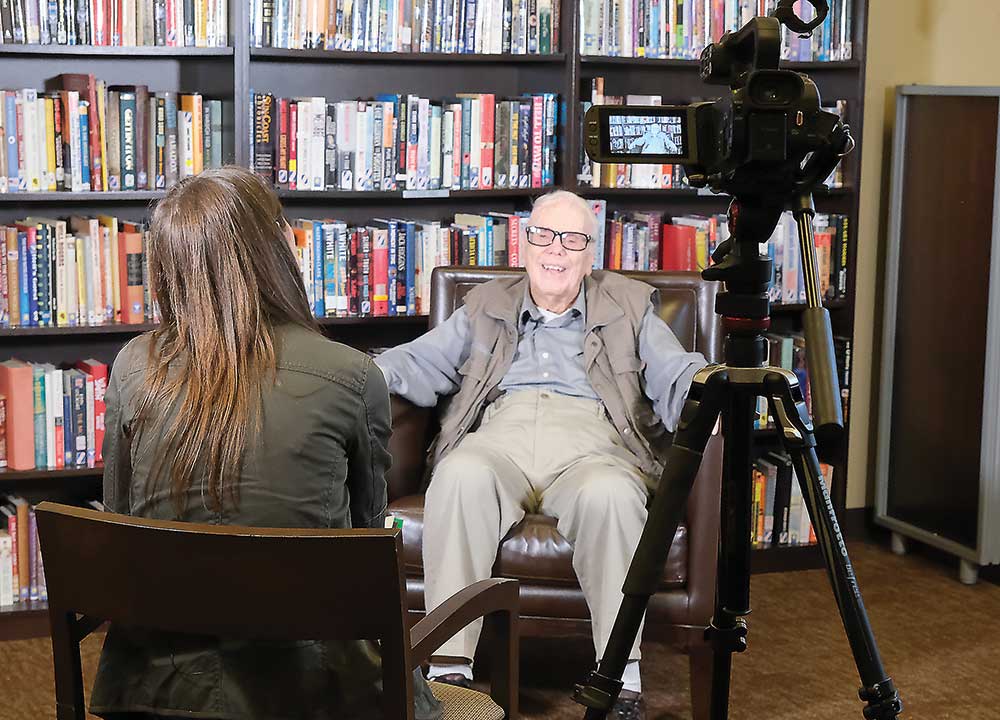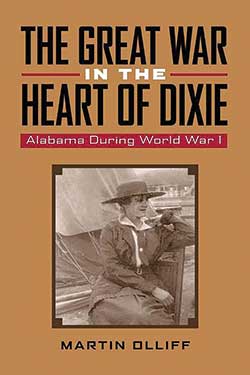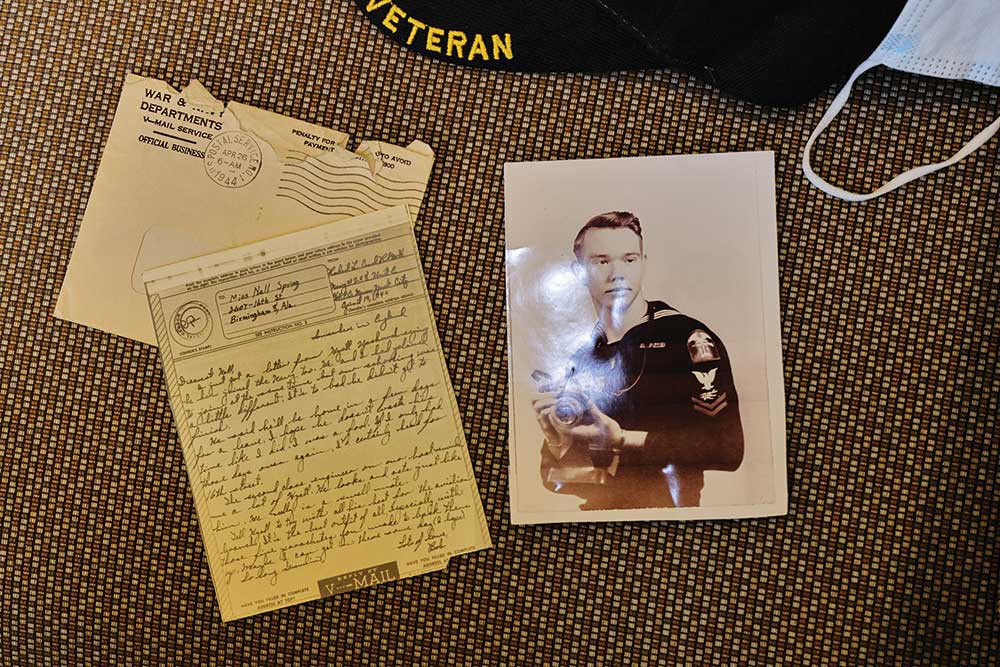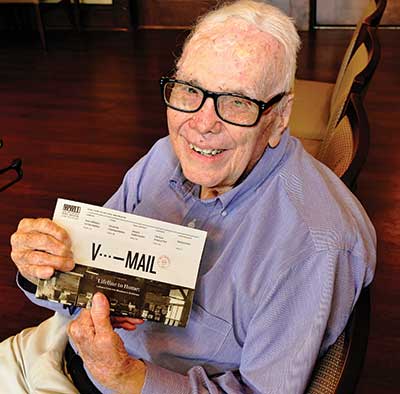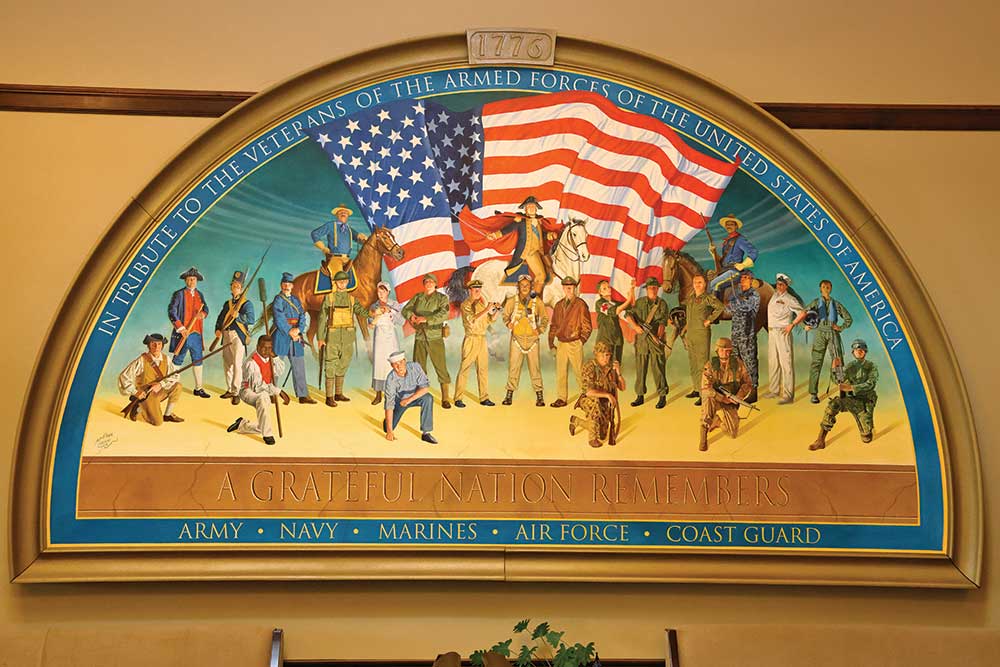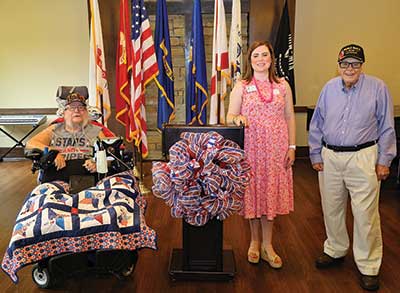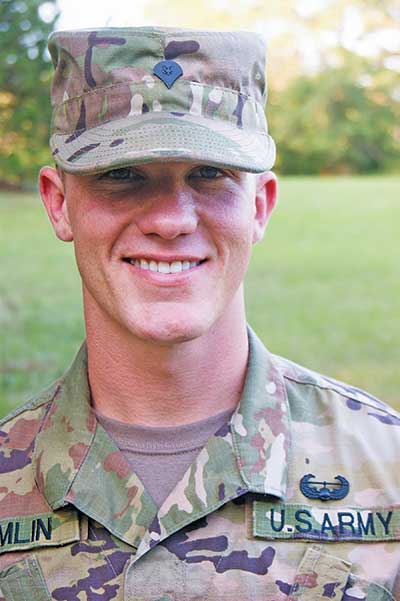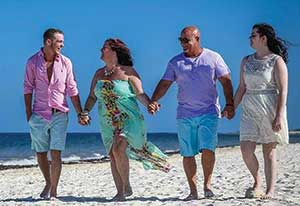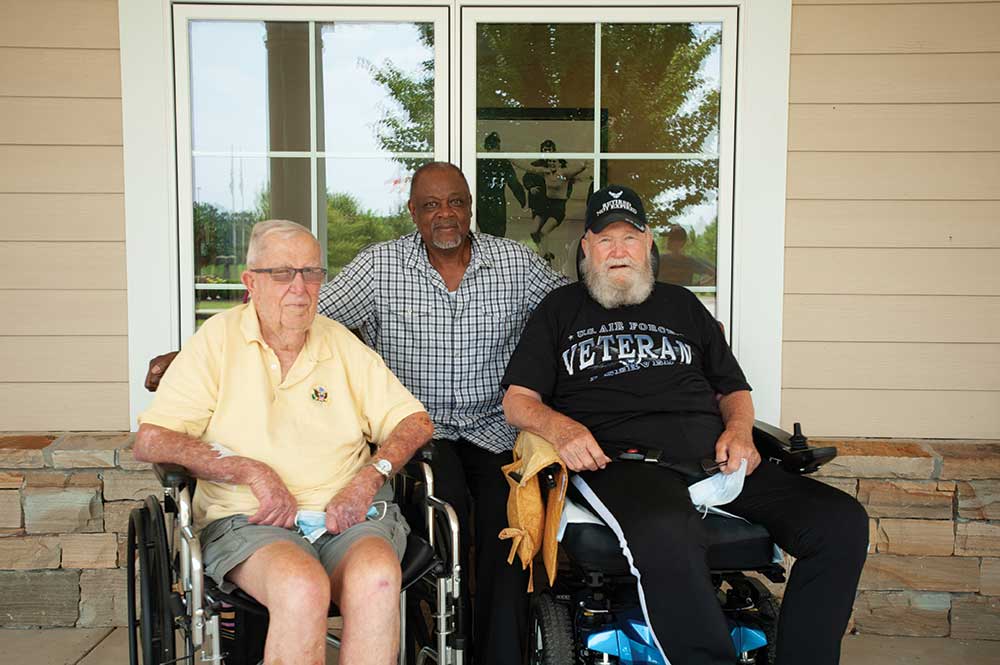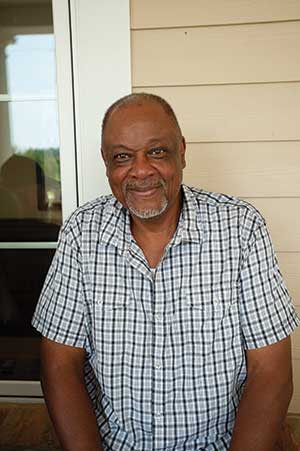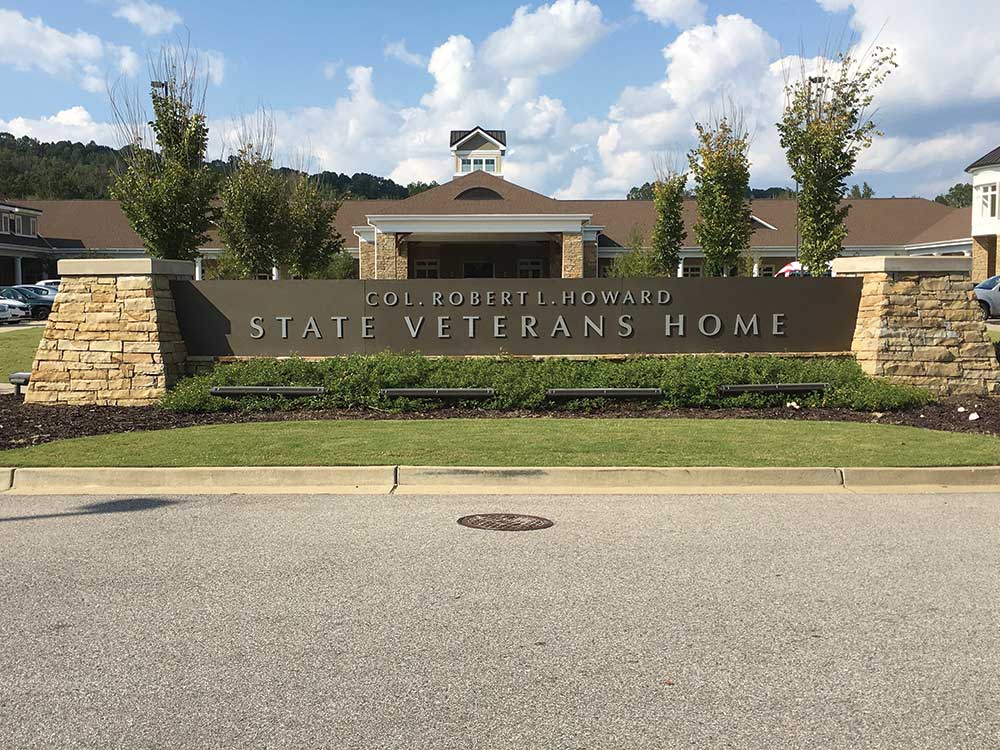Museum of Pell City to premier veteran oral history series in November
Since opening in March, Museum of Pell City has hosted over 1,000 visitors from as close as library patrons from downstairs to as far away as Norway and Austria. Now, the museum’s volunteer team is working on its second thousand.
Capturing the essence of life and history in a city that has passed the century mark is not an easy task, but this 4,000 square foot museum suite blends thousands of photographs, artifacts, artwork, narratives and video to tell the story of days long past through present day.
Its next venture, one that had its beginnings right alongside the planning for the museum itself, is the official unveiling of its oral history series, War and Remembrance, just in time for Veterans Day. The museum board is taking it a step further by celebrating veterans all November long with programs and exhibit displays.
The War and Remembrance series is ongoing through a partnership with the Col. Robert L. Howard Veterans Home with filming and interviewing starting even before the museum opened its doors. Veterans of three wars, representing World War II, Korean War and Vietnam War, are a part of this initial collection to be shown in the museum’s special Living History Studio housed inside the museum.
The studio, equipment and related projects were made possible through a $25,000 grant from the Greater Pell City Rotary Community Foundation and as part of a $45,000 grant from the Alabama Power Foundation. The veteran series is being funded by a nearly $9,000 grant from Alabama Humanities Alliance.
“From the very beginning, we felt like oral history had to be the centerpiece of our efforts to preserve history,” said President Carol Pappas. “What better way to capture those pivotal moments in history or simply the remembrances of everyday life that helped shape the city we know today? We cannot thank our grantors enough for their generosity in providing a foundation we can build on for years to come.”
Deanna Lawley, 1st vice president of the museum and coordinator of the Living History program, stressed the importance of preserving these voices of history. “Pell City clearly has a before and after community feel related to the 60s and the creation of Logan Martin Lake along with the connection to I-20. Residents who were in their teens at this time are now senior citizens. Their stories need to be saved and savored.”
The initial veteran series premiering in November includes interviews from veterans of World War II’s D-Day and Iwo Jima; conflicts of the Korean War; the Bay of Pigs invasion and Vietnam. See and hear accounts of those historic moments in war told by those who were there – “real people, real stories, real history,” Pappas said.
The series soon will be available in various forms on the museum’s You Tube channel website along with complete, word searchable transcripts of full interviews that may be accessed.
Inside the museum’s For Their Service section, see the flag that flew over a Navy ship on its way to Nagasaki and learn about the sailor aboard – a former district attorney in St. Clair County.
Read about Admiral Dennis Brooks, commander of the joint armed forces in the Persian Gulf during the Reagan administration and see his fighter pilot jacket on display.
And peruse the digital exhibit of letters home from a World War II combatant, giving visitors a look inside the lives of two young people from the battlefront to the home front. There will be more as planning continues.
“Our community and our county have a long history of military service, and this is a small tribute to them and all veterans that will be ongoing, added to and expanded as we continue this series,” Pappas said. To demonstrate Pell City’s impact on the military, visitors can learn more about Capt. Gardner Greene and the battalion formed in the city as a forerunner to the famed Rainbow Division.
As a special event on Nov. 2 at noon, the museum and library will partner in bringing Dr. Marty Olliff to the museum for the presentation, The Great War in the Heart of Dixie: Alabama in World War I. Olliff is a Professor of History at Troy University and the director of the Wiregrass Archives at the Dothan Campus.
He has served on the governing boards of: Alabama Historical Commission, Alabama Governor’s Mansion Commission, Alabama Humanities Foundation (now Alliance), Dothan Landmarks Foundation and Wiregrass Museum of Art. He also served as chairman of president of the Alabama Historical Association, Historic Chattahoochee Commission, Alabama Historians and the Society of Alabama Archivists.
He is the published author of two books: The Great War in the Heart of Dixie: Alabama in World War I and Getting Out of the Mud: Alabama’s Good Roads Movement and Highway Administration, 1898-1928.
Olliff’s presentation during a light luncheon will be the first special program the museum will host, and special guests to be honored that day are veterans from the veterans home.
Other programs are being planned on a regular basis on wide-ranging topics as part of the museum’s community outreach.
All museum exhibits, exhibitions and special programming are free to the public.











